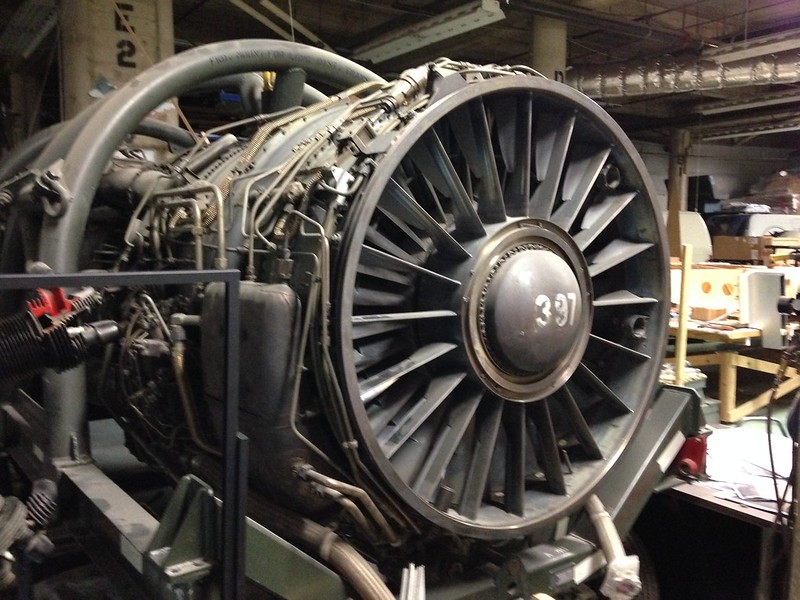You would be gob-smacked at how very little time commercial aircraft are on the ground - long enough to disembark the passengers, clean-up things and embark the next lot is about all - refuelling, emptying the loos, loading food and water etc., etc. happens at the same time.
The hassles that passengers have prior to embarkation has nothing to do with the airlines, and does not dictate their schedules.
Radiation? UV, yes, radiation - not really. Significantly worse than current? I think not.
They are saying now that aircraft pilots are only there in case of major malfunction and this new jet will rely on imaging, not human sight, to land.
The hassles that passengers have prior to embarkation has nothing to do with the airlines, and does not dictate their schedules.
Radiation? UV, yes, radiation - not really. Significantly worse than current? I think not.
They are saying now that aircraft pilots are only there in case of major malfunction and this new jet will rely on imaging, not human sight, to land.


